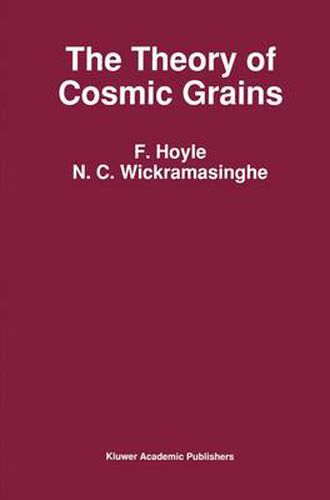Readings Newsletter
Become a Readings Member to make your shopping experience even easier.
Sign in or sign up for free!
You’re not far away from qualifying for FREE standard shipping within Australia
You’ve qualified for FREE standard shipping within Australia
The cart is loading…






This title is printed to order. This book may have been self-published. If so, we cannot guarantee the quality of the content. In the main most books will have gone through the editing process however some may not. We therefore suggest that you be aware of this before ordering this book. If in doubt check either the author or publisher’s details as we are unable to accept any returns unless they are faulty. Please contact us if you have any questions.
Light scattering and absorption by small homogeneous particles can be worked-out exactly for spheres and infinite cylinders. Homogeneous particles of irregular shapes, when averaged with respect to rotation, have effects that can in general be well-approximated by reference to results for these two idealised cases. Likewise, small inhomogeneous particles have effects similar to homogeneous particles of the same average refractive index. Thus most problems can be solved to a satisfactory approximation by reference to the exact solutions for spheres and cylinders, which are fully stated here in the early part of the book. The sum of scattering and absorption, the extinction, is too large to be explained by inorganic materials, provided element abundances in the interstellar medium are not appreciably greater than solar, H 0 and NH3 being essentially excluded in the 2 general medium, otherwise very strong absorptions near 3p,m would be observed which they are not. A well-marked extinction maximum in the ultraviolet near 2200A has also not been explained satisfactorily by inorganic materials. Accurately formed graphite spheres with radii close to O.02p,m could conceivably provide an explanation of this ultraviolet feature but no convincing laboratory preparation of such spheres has ever been achieved.
$9.00 standard shipping within Australia
FREE standard shipping within Australia for orders over $100.00
Express & International shipping calculated at checkout
This title is printed to order. This book may have been self-published. If so, we cannot guarantee the quality of the content. In the main most books will have gone through the editing process however some may not. We therefore suggest that you be aware of this before ordering this book. If in doubt check either the author or publisher’s details as we are unable to accept any returns unless they are faulty. Please contact us if you have any questions.
Light scattering and absorption by small homogeneous particles can be worked-out exactly for spheres and infinite cylinders. Homogeneous particles of irregular shapes, when averaged with respect to rotation, have effects that can in general be well-approximated by reference to results for these two idealised cases. Likewise, small inhomogeneous particles have effects similar to homogeneous particles of the same average refractive index. Thus most problems can be solved to a satisfactory approximation by reference to the exact solutions for spheres and cylinders, which are fully stated here in the early part of the book. The sum of scattering and absorption, the extinction, is too large to be explained by inorganic materials, provided element abundances in the interstellar medium are not appreciably greater than solar, H 0 and NH3 being essentially excluded in the 2 general medium, otherwise very strong absorptions near 3p,m would be observed which they are not. A well-marked extinction maximum in the ultraviolet near 2200A has also not been explained satisfactorily by inorganic materials. Accurately formed graphite spheres with radii close to O.02p,m could conceivably provide an explanation of this ultraviolet feature but no convincing laboratory preparation of such spheres has ever been achieved.